St Augustine: America’s historic melting pot
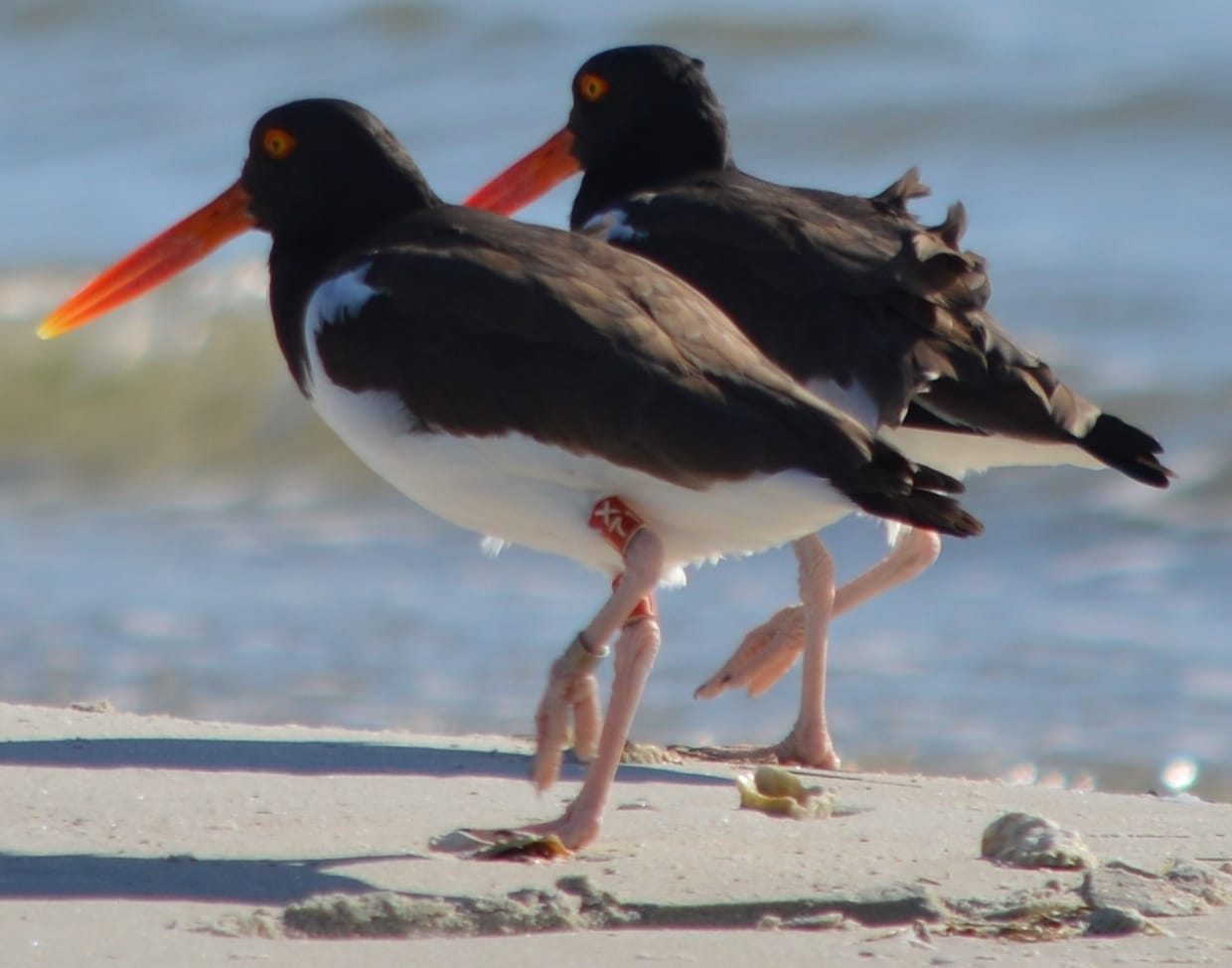
by Graham McKenzie
With its history, notable buildings, proximity to beautiful seashore, wildlife and food, St Augustine is the destination of choice for many holidaymakers.
If you add to this combination a fulsome welcome from almost everybody you encounter together with a collective sense of civic pride, it is hardly surprising it is so popular amongst both domestic and international travellers.
From a historical perspective there are a number of significant periods that have moulded St Augustine into what it is today. First up is a Spanish Admiral called Pedro Menéndez de Aviles, who with his fellow Iberians landed in Northern Florida in 1565 and established San Agustin. It is generally recognised as the USA’s oldest continually inhabited city.
Since that date and for the next couple of hundred years the town was fought over, burnt down, sold and ransacked on a number of occasions by an array of European forces. Choose one from the Brits, French and Spaniards throw into the mix native Americans plus the founding residents, and you have the recipe for aggravation.
Out of this however came the magnificent Castillo de San Marcos which was built by the Spanish to put an end to the aggressive incursions. Such was the solidity of the building, the oldest masonry fort in the US, that is has been utilised by various forces right up until the end of the Second World War and is still fascinating to visit today.
Next on the historical roller coaster was the money of Henry Flagler. The right-hand man of Rockefeller at Standard Oil, he invested much of his vast fortunes in developing Florida as an accessible destination for other Americans to visit at leisure.
In St Augustine this was in the form of two magnificent hotels the Ponce de Leon (now a college and originally named after the Spanish explorer and founder of Florida) and the Hotel Alcazar (now the Lightner Museum). Around the same time Flagler also purchased one of Americas oldest hotels, the Casa Monica, so he was certainly flashing the cash. As a historical side point, this hotel also was used to house the police dogs in 1964 when facing the Civil Rights protests led by Martin Luther King.
Often referred to as the father of Florida tourism Mr Flagler, with his money and determination, put St Augustine firmly on the map as a hotspot for visitors which has persisted right through to the modern era.
The Second World War also changed the way St Augustine and indeed Florida as a whole was perceived. In 1940 four German saboteurs from a U-Boat landed at Ponte Vedra just north of St Augustine with destruction in their plans. Despite being disguised as locals and flush with green backs they were captured very quickly but the incident understandably, given the history of the area, alarmed the authorities who chose to build a barrier island on the approaches to the natural port. Whilst no further incursions occurred this island is now a haven for wildlife with no humans permitted to step on to it.
The number of military bases grew throughout the conflict with much infrastructure being built to house both troops but also battle hardware. Post war, much of this was utilised for tourism purposes and also having been based in the more temperate climate of Florida many military personnel decided to stay for life thus increasing the population dramatically in the space of a few years.
How does this affect me as a holidaymaker? Well, the history of St Augustine is a crucial factor in what you can see, what you can enjoy and what you sense when you visit. A collective town spirit has been honed over the years by both the ravages of destructive hurricanes but more recently by the Covid-19 pandemic. Examples of this pride can be seen in food, as is the case in much of Florida.
I visited three restaurants the Ice Plant, Gas and Catch 27. In all, the adherence to family, local, seasonal and fresh was evident resulting in extremely tasty meals. At my hotel the Marker 8 located adjacent and overlooking the Matanzas River, which doubles as the intracoastal, the staff were most welcoming with advice on where to go, what to do and where to eat in the evening.
Stewardship of the environment, and indeed the destination as a whole, is crucial to St Augustine’s present and future. The pristine nature of coastline and marine areas are an important part of the leisure product offering but in order for this to remain as such strong control is needed to ensure that the pressure to expand both sea traffic and on land development does not jeopardise it.
I had the good fortune of having a two-hour trip examining the birdlife along the Matanzas River where it meets the St Augustine inlet and the Atlantic Ocean. It was very rewarding. Ospreys, Oystercatchers and a bald-headed eagle were among so many species spotted. My host Zach McKenna of St Augustine Eco Tours was most informative and detailed some of the past struggles local environmentalists such as himself have faced. Protection of what is special and unique is paramount in the pursuit of nature positive and the ability to continue to attract visitors.
Nearby it’s possible to indulge in one’s golf addiction as the World Golf Hall of Fame is 15 minutes up I-95. Here you can spoil yourself in absorbing the history of the game and the personalities that have made it. This year Tiger Woods will be inaugurated. Hackers like me also have an opportunity to attempt to hole in one on a recreation of the famous 17th Par 3 Island Hole at nearby TPC Sawgrass where each year the world’s best have a go at the real thing. Needless to say, I failed.
St Augustine is a great place to visit. Examine the history, inspect the buildings, eat the food, receive the welcome, sail the seas, observe the wildlife and bask in the pride that the people of St Augustine have in their city. Americas oldest!
Graham’s trip was organised by Visit Florida and Florida’s Historic Coast
Learn more about : FloridasHistoricCoast.com ( United Kingdom ) FloridasHistoricCoast.com ( N. America )
TravelMole Editorial Team
Editor for TravelMole North America and Asia pacific regions. Ray is a highly experienced (15+ years) skilled journalist and editor predominantly in travel, hospitality and lifestyle working with a huge number of major market-leading brands. He has also cover in-depth news, interviews and features in general business, finance, tech and geopolitical issues for a select few major news outlets and publishers.
 United Kingdom
United Kingdom United States
United States Asia Pacific
Asia Pacific



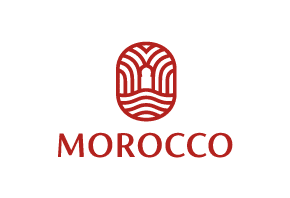















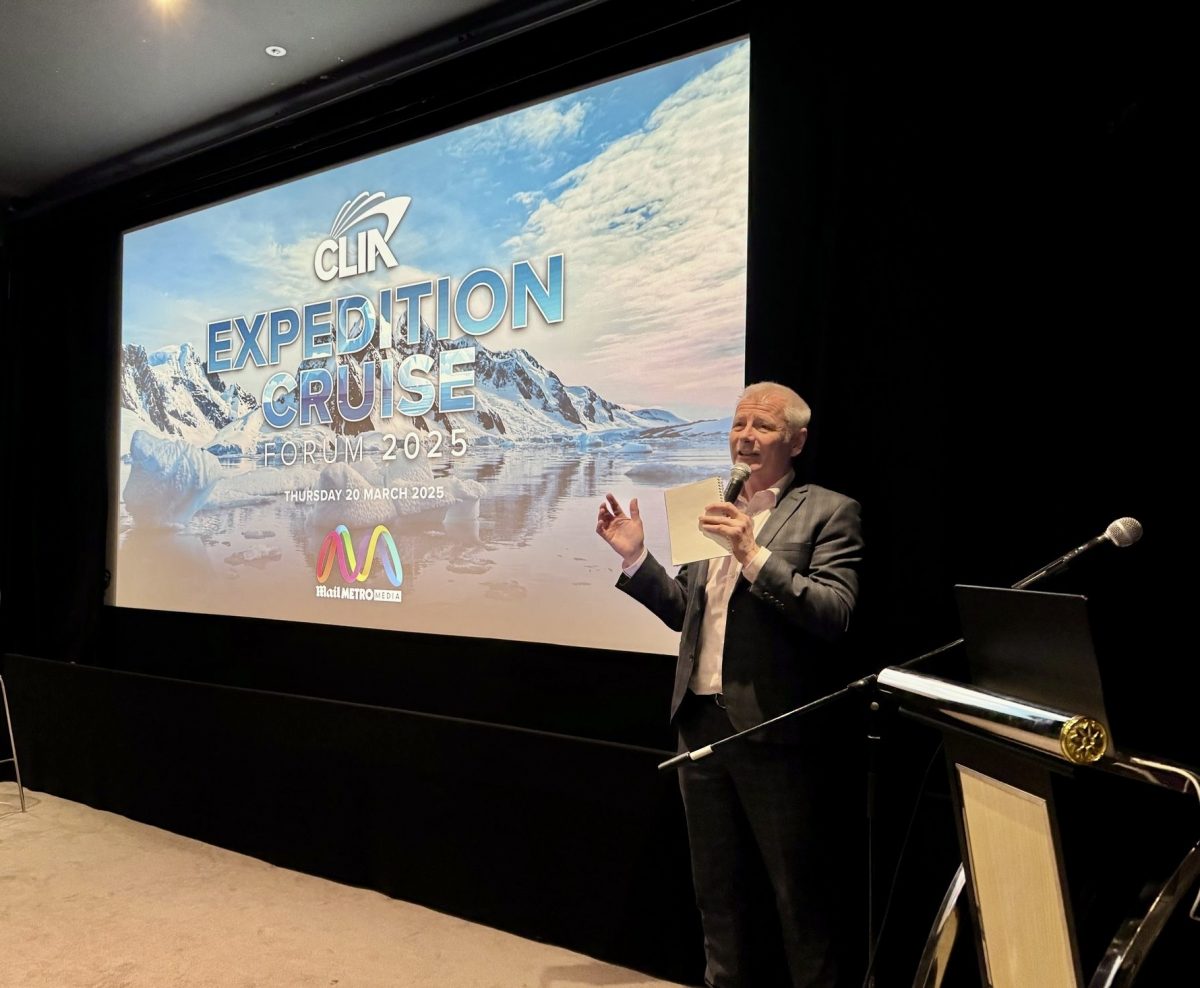













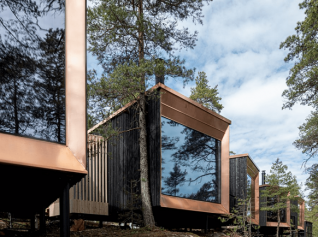
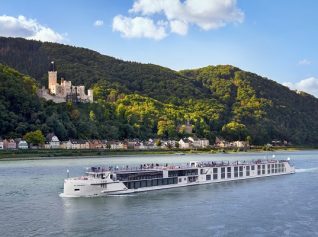
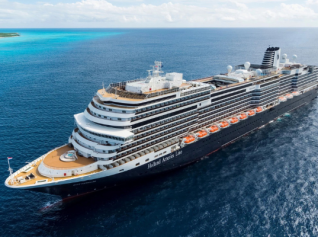








EU entry-exit system delayed again
Jet2 unveils Samos as new Greek destination for summer 2026
Carnival Cruise Line hosts Prague getaway for Fun Ambassadors
US tourism hit with UK, Germany travel warnings
Council moves to designate Forest of Dean a Biosphere